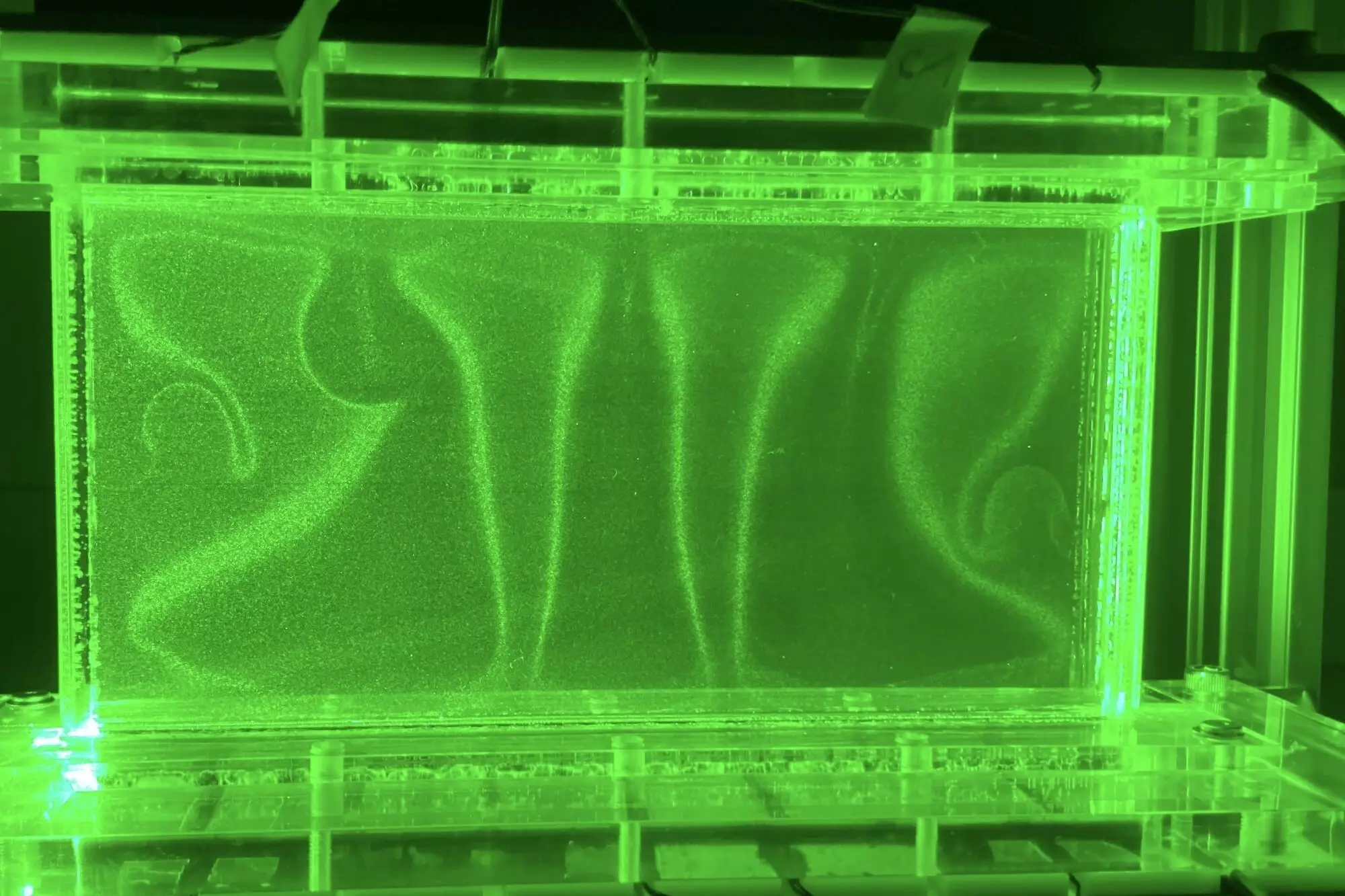The modern culinary landscape is buzzing with excitement over gadgets like air fryers, which promise quick, convenient, and healthier alternatives to traditional cooking methods. With a mere search for “air fryer recipe” on platforms like Instagram or TikTok, you’re instantly engulfed by a whirlwind of videos showcasing mouthwatering dishes that can be prepared in mere minutes. This convenience, however, raises questions about the underlying science that makes air fryers not just a fad, but a testament to how we are applying our understanding of thermodynamics in daily cooking.
While it may seem like a novel device, the technology at the core of air fryers is steeped in ancient principles of physics, namely convection. This process involves the movement of fluid caused by differences in temperature, which creates a gradient in density. It’s fascinating to consider that the same principles guiding the heat of our kitchen appliances are applicable in the Earth’s mantle, our oceans, and even within our own bodies. Hugo Ulloa, a specialist in fluid dynamics, has shed light on how this intricate dance of heat and fluidity plays out, not just in expansive environments, but also within the constraints imposed by modern cooking equipment.
Revealing the Mechanisms of Convection
A recent study conducted by Ulloa, in collaboration with Daisuke Noto and Juvenal A. Letelier, has ventured into the nuances of convection, particularly in confined spaces. Their research presents a compelling investigation into how heat transfer evolves when fluids are constrained. By utilizing Hele-Shaw cells—devices designed with parallel plates separated by a narrow gap—they were able to explore temperature gradients ranging from 1°C to 30°C while observing fluid behavior in variously sized gaps.
What makes this exploration particularly groundbreaking is the discovery that the size of the confinement can significantly enhance or limit the efficiency of heat transfer. As Noto noted, the study illuminated the emergence of thermal plumes—akin to little mushrooms—that are critical to the convection process. The heat transfer dynamics within confined levels became a multidimensional conversation; smaller gaps led to a more efficient, two-dimensional flow of heat, while larger gaps allowed for a chaotic, less efficient three-dimensional flow.
Insights and Implications for Future Research
The implications of these findings extend far beyond the kitchen counter. By illuminating the intricacies of thermal plumes in confined spaces, Ulloa and his team are carving out the path for advancements in various fields, from geothermal energy to complex biomedical devices. The understanding of how heat and fluids behave in respective confinements can lead to better cooling systems capable of handling modern, power-hungry technologies.
The researchers’ innovative approach enriched our understanding of convection, prompting the introduction of a novel metric, termed the degree of confinement (Λ). This new measure encapsulates the extent to which confinement influences the dynamics of fluid heat transfer. Addressing this knowledge gap is crucial, offering a more comprehensive comprehension of not only how heat travels but how it can be harnessed effectively in our pursuit of sustainability.
Beyond Heat: Exploring the Molecular Transport
As the team looks to future studies, their focus is set on the complex interrelationships between heat and the mixing of various substances in confined environments. Ulloa highlights a critical next step: transitioning from a singular analysis of heat to a broader exploration of how compounds like nutrients or gases are transported in tandem. This research holds promise, particularly in understanding nutrient distribution in hydrothermal systems or optimizing industrial processes.
The potential to refine our grasp of convection in confined systems speaks volumes. It opens up a realm of possibilities, impacting numerous domains from environmental science to engineering. With the ability to manipulate temperature and confinement, researchers stand on the brink of revolutionizing how we approach resource management and sustainability.
Exploring these fundamentals not only answers significant scientific questions but also contributes to the practical realities we face today—the quest for efficient energy sources and sustainable technologies. Ultimately, this research serves as a cornerstone to advance both academic pursuits and real-world applications, transforming our understanding of convection into a tool that can fuel developments far beyond the realm of cooking.

